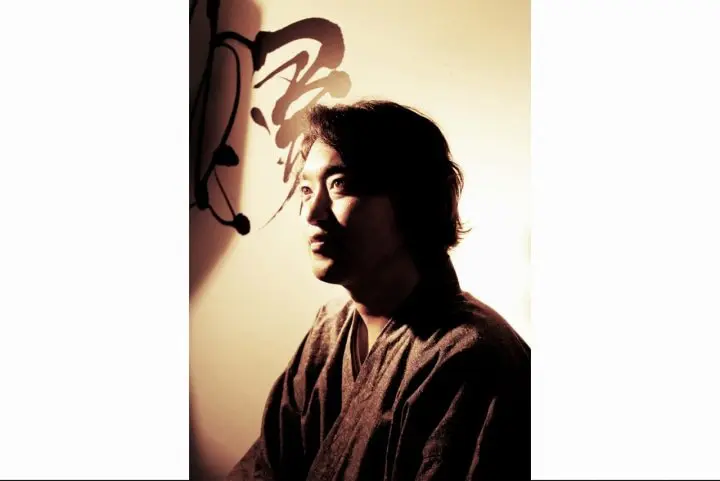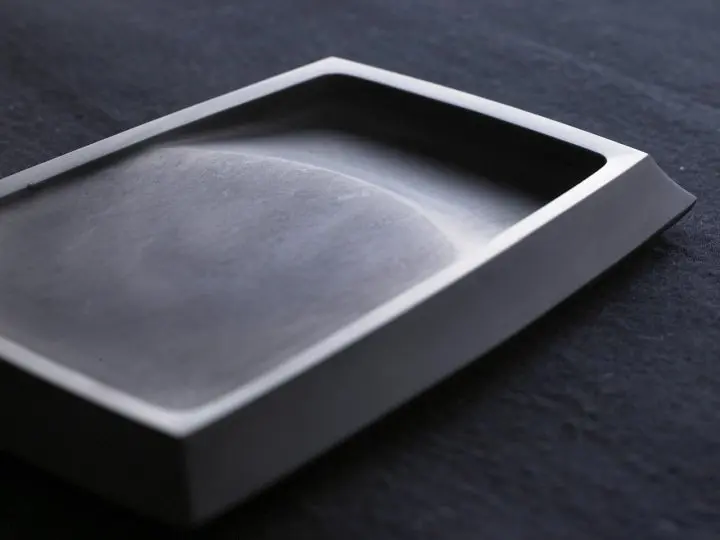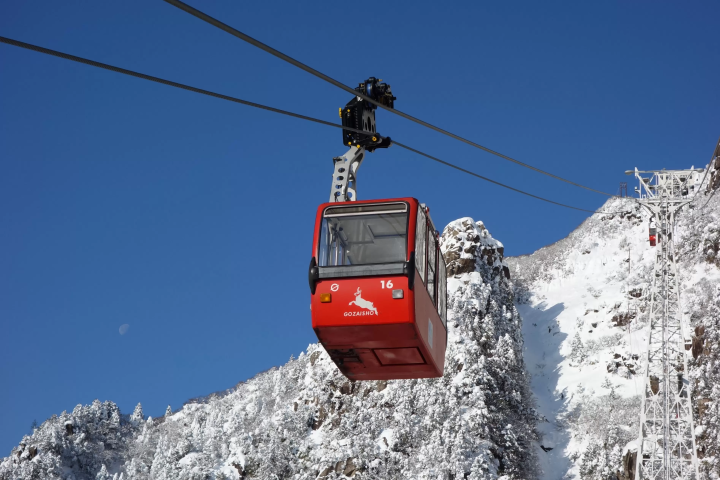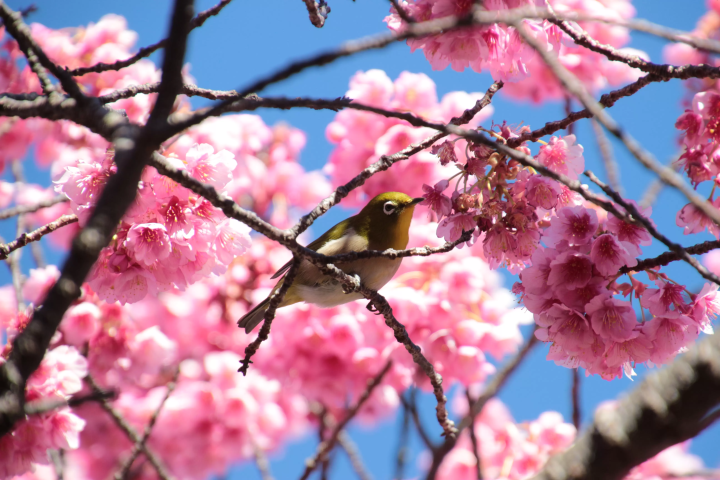Ink Sticks and Inkstones - Japanese Culture and a Joyful Heart

This is a serial essay about Japanese culture by Souun Takeda, a calligrapher and contemporary artist. The sixth essay is about sumi and suzuri, ink and inkstones, used in calligraphy. Souun explains the features of high-quality ink, which is essential for writing fine characters.
Souun Takeda: Calligrapher and Contemporary Artist

Picture courtesy of Souun Takeda Office
Souun Takeda, who hails from Kumamoto Prefecture, was born in 1975. He is a calligrapher and contemporary artist. After working as a company employee, he started his career as a calligrapher in 2001 and has produced various title credits for TV programs and movies. Currently, he hosts calligraphy workshops and exhibitions all over the world.
In this series, Souun talks about the essence of Japanese culture through calligraphy.
Part 6: Ink and Inkstone in Calligraphy

Photo by PIXTA
In my previous essay, I talked about calligraphy paper, one of the Bunbo Shiho (four treasures of calligraphy). This article is about sumi (inkstick) and suzuri (inkstone), another two of the four treasures.
It is said that "writing" began with markings on turtle shells and cattle bones, made by stone knives. After paper was made, sumi coal ink came into being as a medium to create those letters on paper.
Sumi, the Japanese Ink Stick
Sumi is made from soot, which is made by burning oil. Rapeseed oil and sesame oil are burnt inside an unglazed pot, using a wick made from rush, and the soot stuck to the lid is collected.
Soot consisting of smaller particles is able to create more vivid colors. While the particles shrink as the wick is brought closer to the lid, this also affects the time needed for soot to accumulate, making the ink stick more expensive.
The collected soot is mixed with nikawa (*1), then kneaded by artisans. In order to keep the sumi ink sticks intact, a lengthy drying process follows. Due to these time intensive processes, it takes about an year to produce sumi ink. The finished product is the result of a great amount of effort.
*1: Gelatine made from animal wax, which is used as an adhesive.
Suzuri, the Inkstone

A suzuri (inkstone) and water, along with sumi, are required to make the ink used in calligraphy. Although they are carved from stone, the raw stone that is ideal for a suzuri is rare. The most famous stone is found in Duanxi, China, but due to the long history of mining, its production is in decline, and prices are rising.
In Japan, there are stones such as Ogatsu (Miyagi), Amehata (Yamanashi), Akama (Yamaguchi), Nachiguro (Wakayama), Mihara (Kochi), and Ryukei (Nagano), that can be used to make a fine suzuri.
The stone is hand shaped by an artisan, ground over and over again. It may sound easy, but when you see the actual process, it is absolutely stunning. When I tried shaping an inkstone under the guidance of an artisan, I was astounded by how difficult it was, and moved by the technique that has been handed down over many centuries.
Making Ink
The ink is made by scraping a sumi ink stick against an inkstone, while periodically adding drops of water. The sound and the sight of the sumi dissolving in water has a calming effect. The fragrance also helps to clear the mind.
Ink-making takes time. Sometimes, I won't start writing until I've spent an hour methodically grinding ink. While it may seem troublesome, the time spent on making ink is truly meditative, and the process helps to create an attentive state of mind.
Letters of the Day

道具 (Dogu), "Tools" written by Souun Takeda.
The word do-gu (tool) uses two kanji, do (the way) and gu (instrument). These tools, a vessel of an artisan's soul, support the calligrapher in taking a step towards a new horizon.
Read also
Main image courtesy of Souun Takeda Office
Born in 1975 in Kumamoto. After graduating from the Tokyo University of Science, we worked for NTT, then started his career as a calligrapher. He has produced various title cards for TV programs and movies, including TV series by NHK. In 2020, he held his first individual contemporary art exhibition. Currently, he holds calligraphy workshops and exhibitions all over the world.





























![[Yufuin] From breathtaking views to skin-beautifying hot springs. A variety of day trip hot springs to fully enjoy Yufuin](https://resources.matcha-jp.com/resize/720x2000/2026/01/18-255919.webp)

![[2026] The Matsusaka Lantern Festival will be held to light up the winter night sky!](https://resources.matcha-jp.com/resize/720x2000/2026/01/05-254777.webp)
![[List of Traditional Industry Experiences] Factory tours and craftsmanship experiences in southern Osaka and Wakayama](https://resources.matcha-jp.com/resize/720x2000/2025/11/06-249221.webp)
